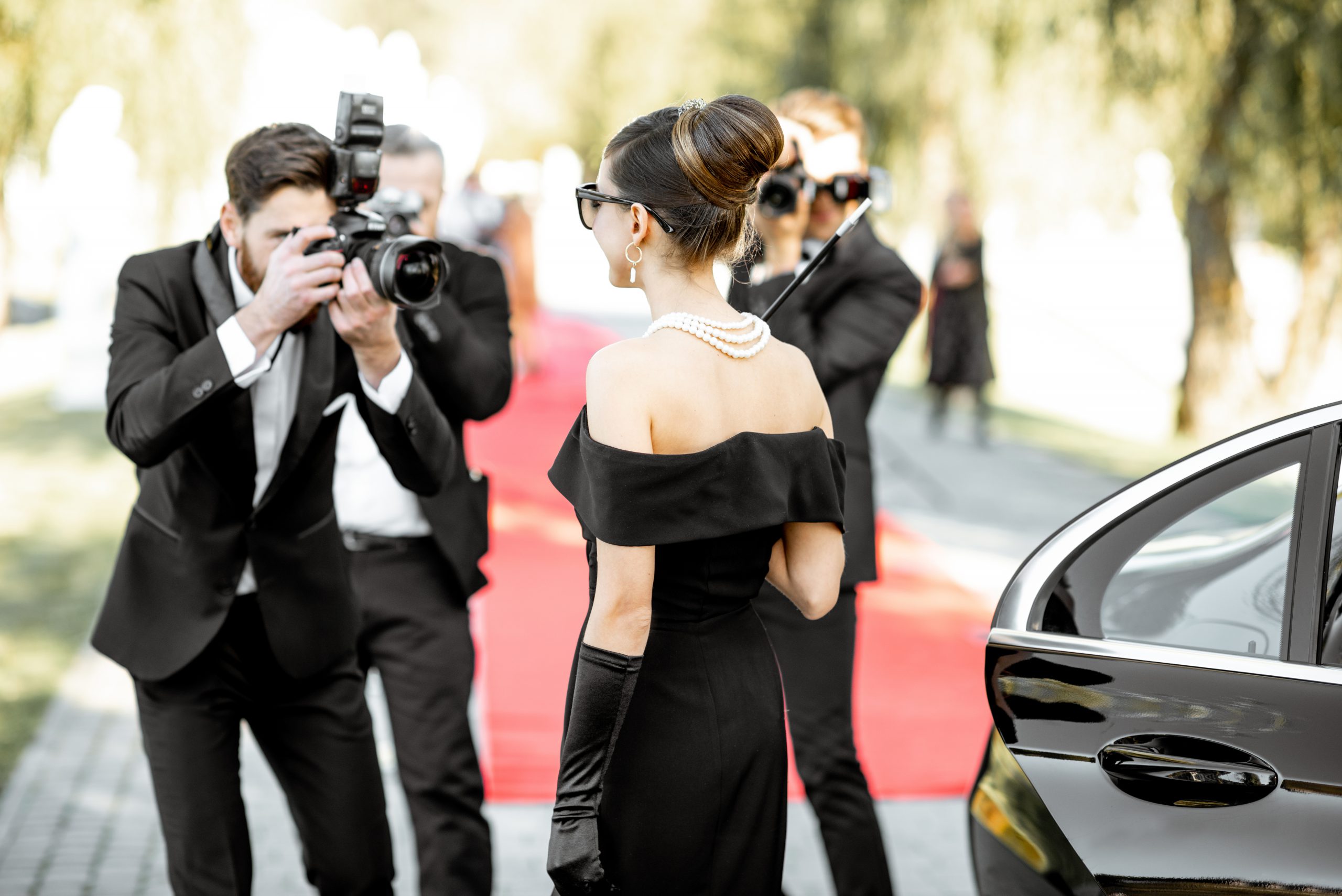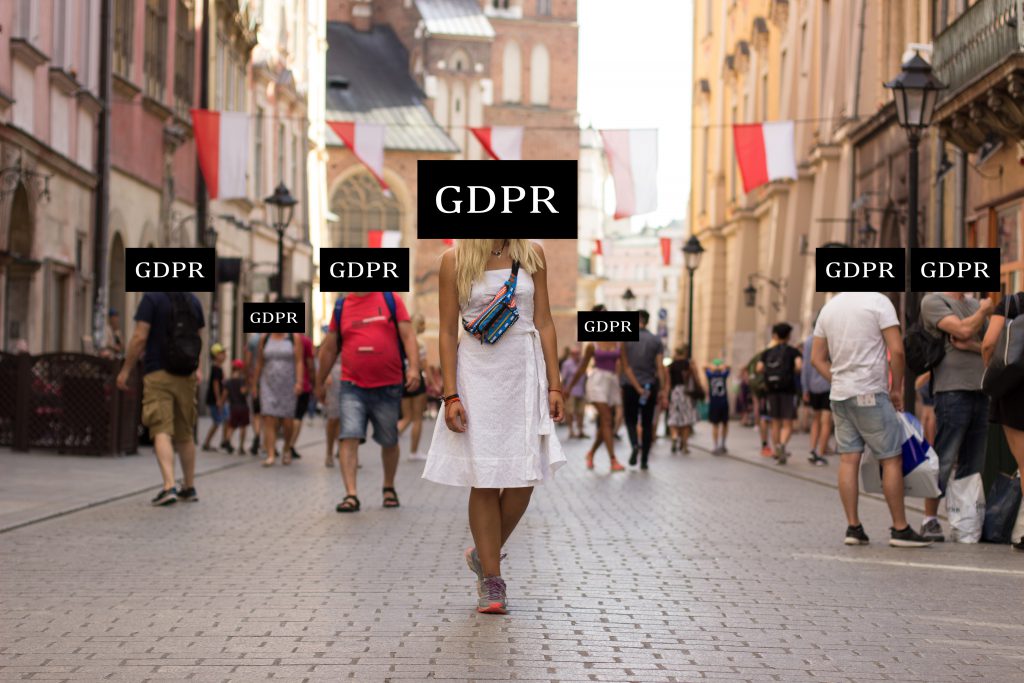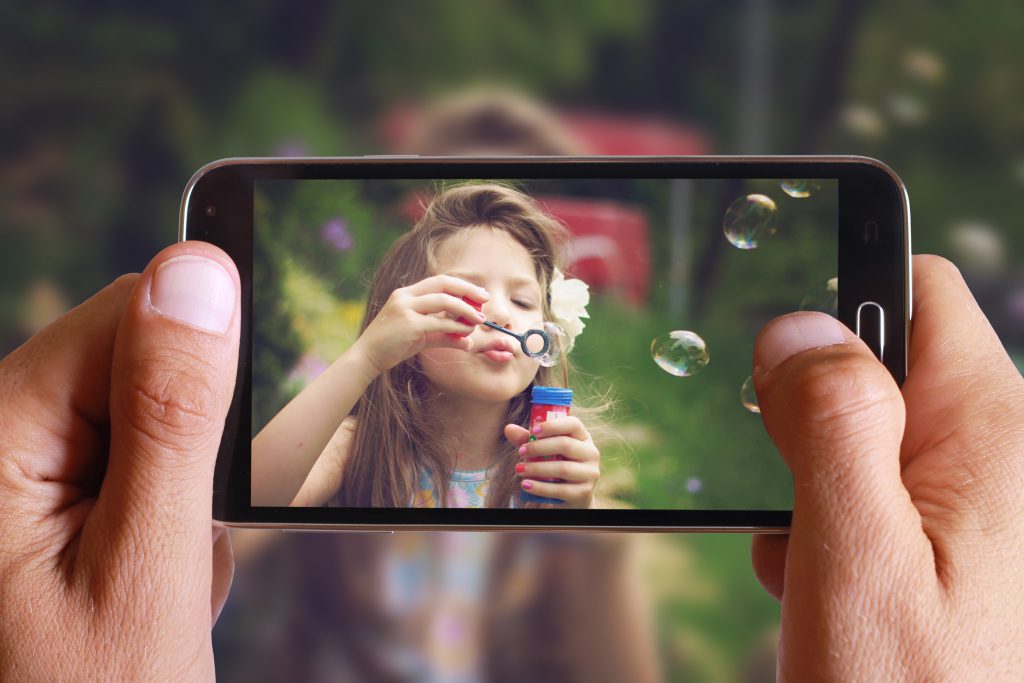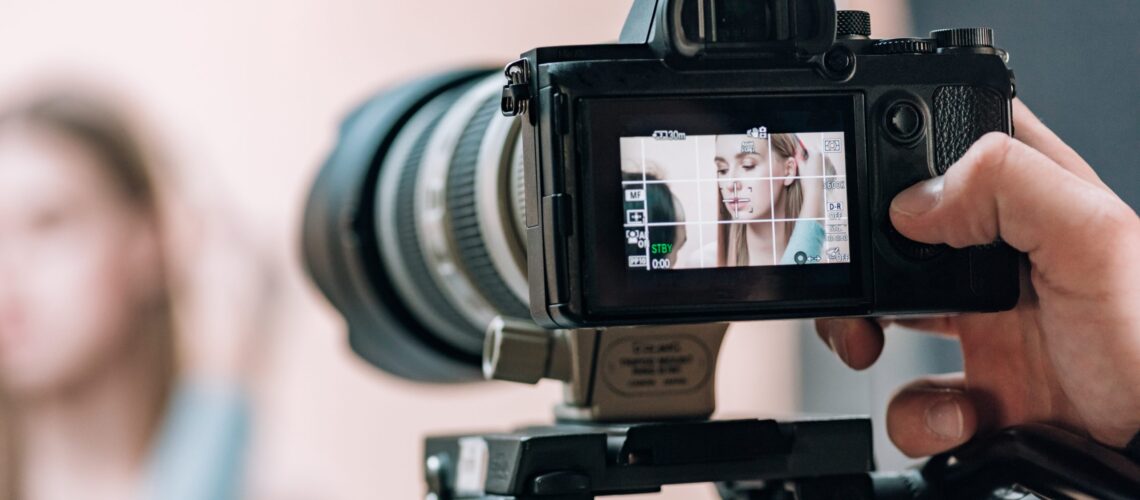Whether in distant countries or on domestic streets: For many photographers, people as subjects are every bit as exciting as objects, landscapes and buildings. But are you allowed to simply photograph people? And can these pictures be published on your own website, Instagram and Facebook?
If people are depicted in a picture, then there is a completely separate set of laws that must be observed in addition to copyright law: the right to one’s own picture. This right is a special manifestation of the general personal right. Every person is free to decide whether and in what form he or she is represented in public. In Germany, this right is protected by the Art Copyright Act (German: Kunsturhebergesetz, short: KUG).
What does the law regulate?
The right to one’s own image states that depictions of people may only be disseminated or put on public display with the consent of the person portrayed. This means that the law provides protection against unauthorized publication, but not against the photograph itself.
However, taking a photo can already be an encroachment on an individual’s personal rights because even without publication, the photo can represent a loss of control over one’s own image.
But is a depiction of another person created only when you take a portrait of that person? Do full body photographs also constitute such a depiction? There is one decisive criterion for answering these questions: The recognizability of the person depicted by third parties. In other words, if a person’s face or essential facial features can be recognized, it is a depiction of that person. But be careful: the face does not necessarily have to be visible for the work to be considered a depiction. It is sufficient if other physical features (such as particularly conspicuous hair or physique) or other characteristics (such as objects photographed or jersey numbers) enable third parties to recognize the person depicted.
Consent is understood to mean prior consent. Consent is not bound to a special format and can be given in writing, verbally or even through indicative behavior. Indicative behavior is, for example, when a person intentionally poses in front of the camera with a smile or gives corresponding hand signals.
It is vital that there is transparency about the publication, e.g. whether it is for advertising purposes or for editorial purposes. The person depicted must be aware of the purpose, nature and scope of the intended use.
Should an employee make his or her depiction available within the frame of the employment relationship, e.g. for a brochure, the consent for publication must be in writing.
Granted consent can only be revoked under very strict conditions, regardless of whether it was implied or explicitly formulated. In principle, a revocation is only possible if there is an important reason, e.g. a serious change of circumstances, which would constitute a violation of the general right of personality if the photo were to be published again.

The exceptions to the right to one's own image
There are four exceptions where the consent of the person depicted is not required. For photographers, these exceptions are very important because without them, photographs of people would as a matter of principle almost never be allowed to be published without the subject’s consent.
These exceptions weigh the personal rights of the person portrayed against the professional interests of the photographer. Their purpose is to protect the freedom of information, freedom of expression and artistic freedom.
Therefore, according to the KUG,
–portraits in the context of contemporary history,
–persons who are merely accessories to the landscape or other localities,
–pictures of meetings, parades, or other major events and
–portraits in the higher interest of art
may be published without the consent of the person depicted. This does not apply if a legitimate interest of the person depicted is violated.
It goes without saying that the standard for assessing the admissibility of photographs of public figures is different from that of private individuals. Anyone who holds a political or socially relevant position is considered a person of public interest, such as politicians, actors, and athletes. Whenever it serves to form opinions on questions of general interest, they may also be photographed in normal, everyday situations. It is not considered an event of contemporary history when people are shown during purely private events and especially when they should be able to reasonably expect privacy.
Since the 25th of May 2018, however, the new General Data Protection Regulation (GDPR) has been applicable in the European area. This has led to numerous uncertainties, especially for photographers
The GDPR problem
The GDPR is primarily intended to protect data. It regulates the automated processing of personal data such as names, addresses and IP addresses. Each picture in which persons are recognizably depicted represents the processing of personal data. Even if a picture is published without the name of the person depicted, the person is still identifiable. Additional personal data such as location or time of the day are stored by the camera as digital metadata in the Exif data. The production of such photos as well as their publication or distribution is considered processing in the context of the GDPR.
However, the GDPR does not always apply when photographs are taken exclusively without any connection to a commercial activity. As an illustration, pictures of personal or family activities are not subject to the GDPR. So, anyone who takes photos of their relatives at home or at family celebrations need not worry about GDPR regulations.
Furthermore, the current GDPR provides for exemptions from for journalists and thus also photojournalists, artists, authors, and scientists in the member states.

GDPR and KUG: When does what apply?
Until now, it was mostly assumed that the KUG as well as case law on the taking pictures took precedence over data protection. However, the GDPR is considered a European regulation and therefore has priority in its application. Independent regulations may only be made if the European legislator allows it.
This means that taking and publishing photographs (i.e. processing personal data) of identifiable persons is generally prohibited – unless permission has been obtained from the person depicted or an exception to the law can be invoked by the photographer.
Probably the most important requirement is the consent of the data subject. Similar to the KUG, consent can be given informally, i.e. it can also be given through indicative behavior.
Which laws apply to photographers?
In the end, the KUG continues to apply to publications by:
– Media, broadcasting and the press as well as persons / companies working as journalists
– Analog photography, which is also processed in analog form
–Private recordings in personal and family contexts
For all other areas the GDPR is applicable, i.e:
– commercial / professional photographers
– bloggers and influencers who are not journalists
– authorities
– non-journalistically active PR departments in companies
How is street photography compatible with the GDPR / the KUG?
The good news is that street photography can still coexist with the GDPR. The KUG continues to apply and thus the general conditions for the photography of people in Germany do not change fundamentally, at least not in the journalistic and artistic fields.
In Germany, however, the publication of photographs of people is restricted by the general personal rights of the person depicted and the publication of public scenes by the right to one’s own picture. For street photography, the personal rights of the person photographed must be respected, otherwise the photo can become quite expensive.

Are you allowed to take pictures of other people's children?
In general, everyone – both large and small – is protected by the right to their own image. For subjects between the ages of 8 and 17, the so-called double responsibility applies – both parents and the child must agree to any publication. Before that, the decision rests solely with the parents. When photographing minors, you should always be careful and refrain from any sexual innuendo.
Legal consequences of photographing without consent
Capturing people in public spaces in photographs involves legal risks which you should be aware of: In addition to the depicted person’s claims for injunction, destruction or damages, there may even be a risk of legal prosecution.
Personal rights are violated when people are photographed in private situations without their consent – in the case of photos of celebrities as well as photos of “normal citizens”. The publication of compromising pictures, as well as secretly photographing or filming persons in private, is liable to prosecution.
Photographs that show the helplessness of the person portrayed are also considered an intrusion into their privacy and can be punished with up to two years in prison – even if they were taken in public spaces. Taking candid pictures of a drunk person or a victim of an accident is therefore not a good idea.


